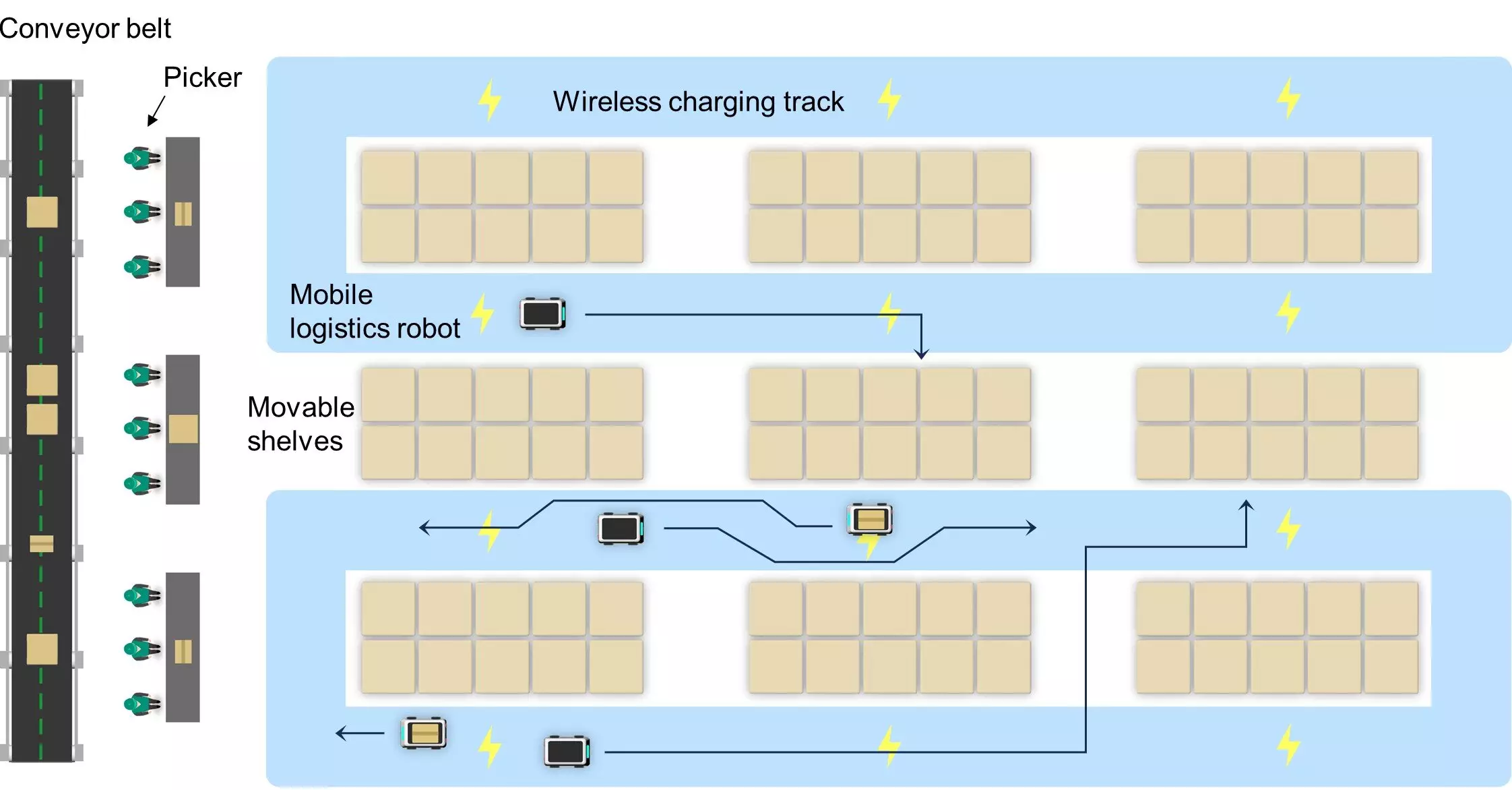The evolution of electric vehicle (EV) technology is entering an exciting era, significantly transforming mobility by eliminating the barriers related to charging infrastructure. A groundbreaking innovation from a research team at UNIST has brought forth a wireless power supply system designed for vehicles on the move. This advancement, led by Professor Franklin Bien from the Department of Electrical and Electronic Engineering, aims to provide seamless and efficient charging, ensuring that electric vehicles remain operational without conventional charging stops.
The novel wireless charging system developed by Professor Bien and his team utilizes an intricate network of wires to generate a robust magnetic field, capable of delivering electrical energy to moving vehicles. This system stands apart from traditional methods that often rely heavily on costly ferromagnetic materials. Instead, the researchers have employed an electromagnetic generator, which creates a rotating magnetic field as electric current flows through it. This innovative design empowers vehicles to move freely along designated power tracks, permitting movement both forward and backward without interruption. The expansive magnetic field allows for efficient power transfer while eliminating the need for physical connections between the vehicle and the charging infrastructure.
Enhancing Efficiency and Flexibility
One of the most remarkable aspects of this wireless charging technology is its efficiency. By implementing advanced algorithms, the researchers have enhanced the design of both power supply tracks and the receivers on vehicles. This optimization can lead to power transfer efficiencies as high as 90%. This significant leap addresses longstanding issues of charging times and the limited range of electric vehicles. Unlike existing technologies that depend on ferromagnetic elements, which can be prohibitively expensive and less durable, this wireless system provides a more practical solution for real-world applications.
Understanding the critical nature of safety in such an innovative technology, the research team has undertaken extensive verifications to ensure its reliability. The system adheres to strict safety standards set forth by the Institute of Electrical and Electronics Engineers (IEEE) and the International Commission on Non-Ionizing Radiation Protection (ICNIRP). By aligning with these standards, the researchers are paving the way for this technology to be adopted throughout the automotive industry without compromising user safety.
Professor Bien envisions a future where electric vehicles can operate with unparalleled flexibility. This vision extends beyond conventional horizontal movement, advocating for dynamic functionalities that include vertical maneuvers. Current wireless charging technologies have not yet reached that level of sophistication, positioning this innovation as a game-changer within the sector. Hyunkyeong Jo, the leading author of the research, asserts that implementing this wireless charging system within electric vehicles can significantly alleviate issues related to prolonged charging durations and restricted driving distances.
The advancements made at UNIST represent a pivotal moment for the electric vehicle landscape. As the demand for sustainable transportation grows, innovations like the wireless power supply system emerge as essential components in making electric vehicles more practical and accessible. By integrating seamless, efficient charging solutions, the future of transportation could blossom into a more versatile and user-friendly experience. Ultimately, the shift toward such revolutionary technologies may redefine how we think about charging and operating electric vehicles, making them a more viable option for consumers worldwide.

